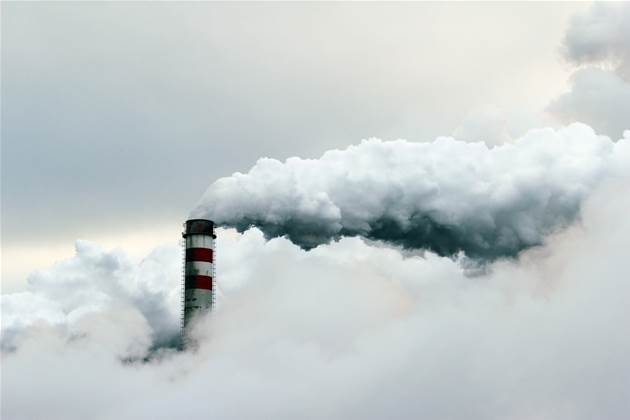Canberra Data Centres is attempting to have its greenhouse gas emissions data from last year withheld from public release, on the grounds that the information is commercial in confidence.

The data centre provider has applied to the Clean Energy Regulator (CER) to keep its scope two emissions and energy data for 2020-21 a secret under the under the National Greenhouse and Energy Reporting (NGER) scheme.
Net energy consumption (in gigajoules) has also been withheld as a result of the pending application.
The request – the only one from the 410 companies required to publically report their emissions and energy data in 2020-21 – is revealed in the latest corporate emissions and energy data report.
“[CDC Group Holdings’] corporate scope 2 emissions and energy data are withheld from publication, pending finalisation of their application under section 25 to withhold this information,” the report states.
Scope two greenhouse gas emissions are released “from the indirect consumption of an energy commodity”, whereas scope one are released “as a direct result of an activity”.
Like other major data centre providers, almost all of CDC’s emissions would likely be in the form of indirect emissions.
In order to qualify for mandatory reporting through the CER, companies must have emitted at least 50 tonnes of greenhouse gases and 200,000 GJ for energy consumption in any year.
CDC has not previously featured in the report, meaning that it has not hit the reporting threshold until now.
A CER spokesperson told iTnews it is currently assessing the merits of CDC’s application under section 25 of the NGER Act 2007.
Under the Act, reporters can apply to have their data withheld on the grounds that the publication could reveal trade secrets or a “matter of commercial value that would be destroyed or diminished”.
“We are in the process of assessing this application,” the spokesperson said, without revealing when the application was received.
“If the application is approved, the data will continue to be withheld. If the application is rejected, the NGER data publication will be updated to include the currently withheld figures.”
It is unclear which grounds CDC has used to apply to have their 2020-21 scope two emissions data withheld.
A CDC spokesperson declined to comment while the application is being considered by CER.
Other data centres less coy
Of the data centre providers that disclosed their full data, Equinix Australia was the biggest emitter last year, producing 300,052 tonnes of emissions, including 299,083 tonnes of scope two emissions.
This is slightly up on the 298,612 tonnes of total emissions reported by the company in 2019-20 and significantly more than the 251,847 tonnes of total emissions produced in 2018-19.
NEXTDC was the next largest producer, emitting 294,460 tonnes (293,797 tonnes of scope two) in 2020-21, significantly higher than 2019-20 (219,038 tonnes) and 2018-19 (198,418 tonnes).
Amazon Corporate Services emitted 192,667 tonnes (192,062 tonnes of scope two) in 2020-21, up from 134,875 in 2019-20.
Amazons’ emissions have been steadily climbing since it first featured on the list in 2017-18 – when it also applied to have its emission data withheld.
That request was ultimately refused by CER, forcing the company to reveal it had emissions of 55,739 tonnes in 2017-18.
AirTrunk produced 157,502 tonnes (157,174 tonnes of scope two), Global Switch 129,588 tonnes (129,503 tonnes of scope two) and Fujitsu 111,862 tonnes (110,062 tonnes of scope two).
Major telcos also featured on the emissions list, including Telstra with 1,113,306 tonnes, Singel with 428,285 tonnes, NBN Co with 328,833 tonnes and TPG Telecom with 239,353 tonnes.
All data centre and telcos, bar Telstra, are towards the lower end of the list for emissions. By way of comparison, AGL produced 40,670,967 tonnes of scope one and two emissions last year.
Last year, Telstra topped a Greenpeace Australia report card of telcos, data centre and tech companies for their renewable energy commitments.
The report coincided with Telstra announcing a new renewable energy purchase agreement (PPAs) with Global Power Generation, adding to two existing PPAs
Amazon was the next best performer on the list, followed by TPG, Global Switch, NEXTDC, Equinix Australia and Fujitsu.

























